According to the forecast of the National Center for Hydro-Meteorological Forecasting, the average temperature in the province in the summer of 2024 will be 1-2 degrees Celsius higher, with the possibility of 5-7 heat waves occurring and lasting longer than the same period last year. Faced with complicated weather conditions, the agricultural sector in general and the aquaculture sector in particular are facing many difficulties, which are likely to affect the growth and development of farmed species. Therefore, the care and protection of aquaculture animals are receiving special attention from the agricultural sector and farmers.
 Cua Dat Aquaculture and Service Cooperative (Thuong Xuan) implements solutions to protect cage fish during the hot season.
Cua Dat Aquaculture and Service Cooperative (Thuong Xuan) implements solutions to protect cage fish during the hot season.
Since the beginning of May, the weather has been complicated, with peak heat waves combined with thunderstorms affecting the growth and development of farmed aquatic species. To protect the aquaculture area during the hot season, Mr. Le Van Phuong's family in Chau Trieu village, Hoang Chau commune (Hoang Hoa) has implemented many solutions to ensure production efficiency. With 20 white-leg shrimp ponds designed to float above the ground, covered with a net house system to minimize environmental impact, but during the dry season, Mr. Phuong still installs a heat-resistant net system to reduce the temperature in the ponds. Along with that, he also pays special attention to care, increased use of biological products, and quality food sources.
Mr. Phuong said: His family has 2 hectares of white-leg shrimp farming using high technology and spread out throughout the year, so there are products to supply the market at any time. However, in the hot season, taking care of and preventing diseases for shrimp is quite important. In particular, the pond must be covered so that the shrimp can adapt well and ensure the temperature for shrimp to develop. The ponds are always kept clean, providing enough water, microorganisms, and minerals necessary for the growth and development of the farmed objects. In addition, to prevent pathogens from outside from entering the farming area, the family also uses lime powder to treat the farming area and disinfectants of the aquaculture industry to limit diseases.
Thanks to the application of good protection measures for the farming area, Mr. Phuong's family's white-leg shrimp has grown and developed well, and is preparing to enter the spring-summer harvest season with an estimated output of nearly 40 tons and a revenue of more than 4.5 billion VND.
In recent years, Thuong Xuan district has strongly developed aquaculture, especially cage and raft farming on hydroelectric reservoirs, with about 140 cages and rafts for raising fish on hydroelectric reservoirs and 8.7 hectares of farming in ponds and lakes. However, at present, with unusual weather developments, the district has implemented many solutions to protect aquatic species during the hot season. Deputy Head of the Department of Agriculture and Rural Development of Thuong Xuan district Trinh Van Truong said: The hot season is the time when aquatic species are susceptible to heat shock and reduced resistance. The district has directed the District Agricultural Service Center to guide localities and farming households to harvest fish when they reach harvest size to reduce the density in cages. Limit fishing, transporting, and releasing fish on hot days and hot times of the day. Implement the right density, use sufficient quantity and quality feed to limit water pollution. Organize environmental sanitation well to limit waste and wastewater discharged directly into farming areas, reducing environmental pollution. At the same time, guide farmers on measures to move cages/rafts to safe areas when farming objects are disadvantaged by the environment and weather, and choose foods with high nutritional content combined with the addition of vitamin C, minerals, and biological products to maintain farmed aquatic products during periods of intense heat.
According to statistics from the Department of Agriculture and Rural Development, the province currently has 19,200 hectares of aquaculture, of which the freshwater farming area is 14,000 hectares, brackish water farming is 4,200 hectares and about 1,000 hectares of saltwater aquaculture. Currently, aquaculture farmers are in the spring-summer crop - the main farming season of the year. As of June 2024, the province has basically stocked 14,000 hectares of freshwater aquaculture area, with 40 million seeds of all kinds. In addition, farmers also stocked and raised about 926 million black tiger shrimp and white-leg shrimp seeds to ensure the farming area and plan for the spring-summer crop.
In order to protect aquatic species during the hot season, the Department of Fisheries of Thanh Hoa province recommends that aquaculture farmers regularly monitor weather developments on mass media to proactively take measures to manage the environment and prevent and control diseases for aquaculture species. Strengthen management and closely monitor aquaculture areas and facilities. Aquaculture should not be carried out in places where water sources do not ensure quality. Release seeds at appropriate density and provide proper care to limit damage caused by heat and unusual weather phenomena.
To limit the heat, farmers use black nets to cover 2/3 of the pond surface in the shape of a pyramid roof, a fixed flat roof for shrimp or use the form of releasing water hyacinth on the pond surface to provide shelter for fish in the pond, lake; increase aeration, water fans, use probiotics, digestive enzymes, vitamin C, minerals mixed into food and sprayed directly into the pond to increase resistance, improve the water environment and prevent and control diseases for aquatic products.
In addition, when there is heavy rain, it is necessary to discharge surface water, increase aeration to avoid stratification causing oxygen deficiency in the bottom layer, generating toxic gases. On hot days, it is necessary to reduce the amount of food by 30 - 40%, pay attention to adding vitamins, minerals... to increase the resistance of farmed aquatic products.
Article and photos: Le Hoa
Source


![[Photo] Phuc Tho mulberry season – Sweet fruit from green agriculture](https://vstatic.vietnam.vn/vietnam/resource/IMAGE/2025/4/10/1710a51d63c84a5a92de1b9b4caaf3e5)
![[Photo] Unique folk games at Chuong Village Festival](https://vstatic.vietnam.vn/vietnam/resource/IMAGE/2025/4/10/cff805a06fdd443b9474c017f98075a4)



![[Photo] Prime Minister Pham Minh Chinh chairs meeting to discuss tax solutions for Vietnam's import and export goods](https://vstatic.vietnam.vn/vietnam/resource/IMAGE/2025/4/10/19b9ed81ca2940b79fb8a0b9ccef539a)
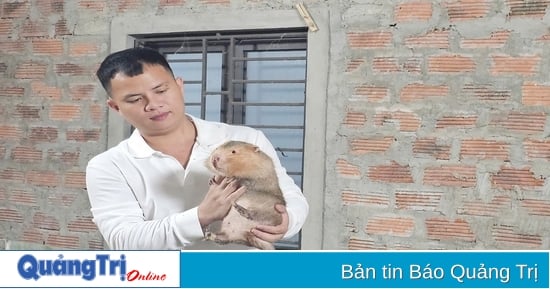

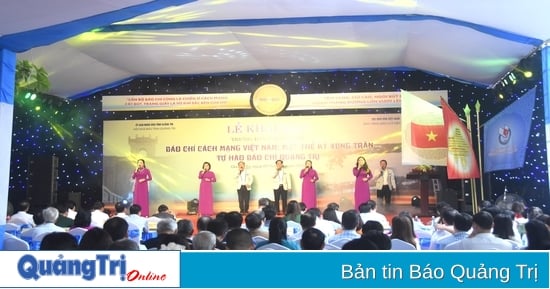

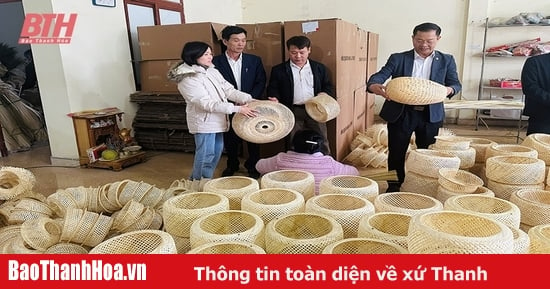
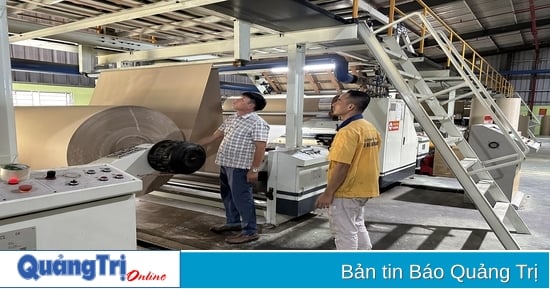
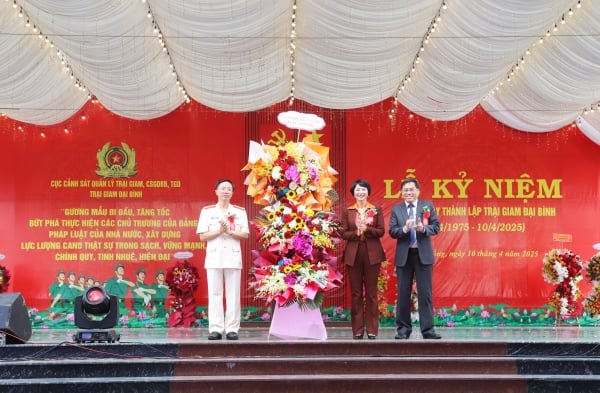
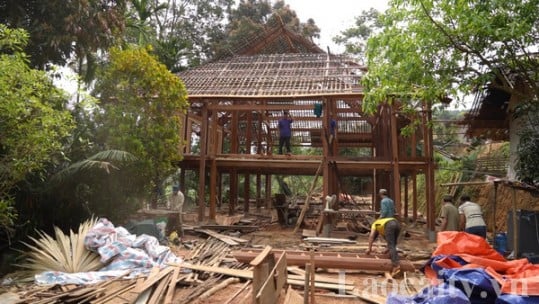
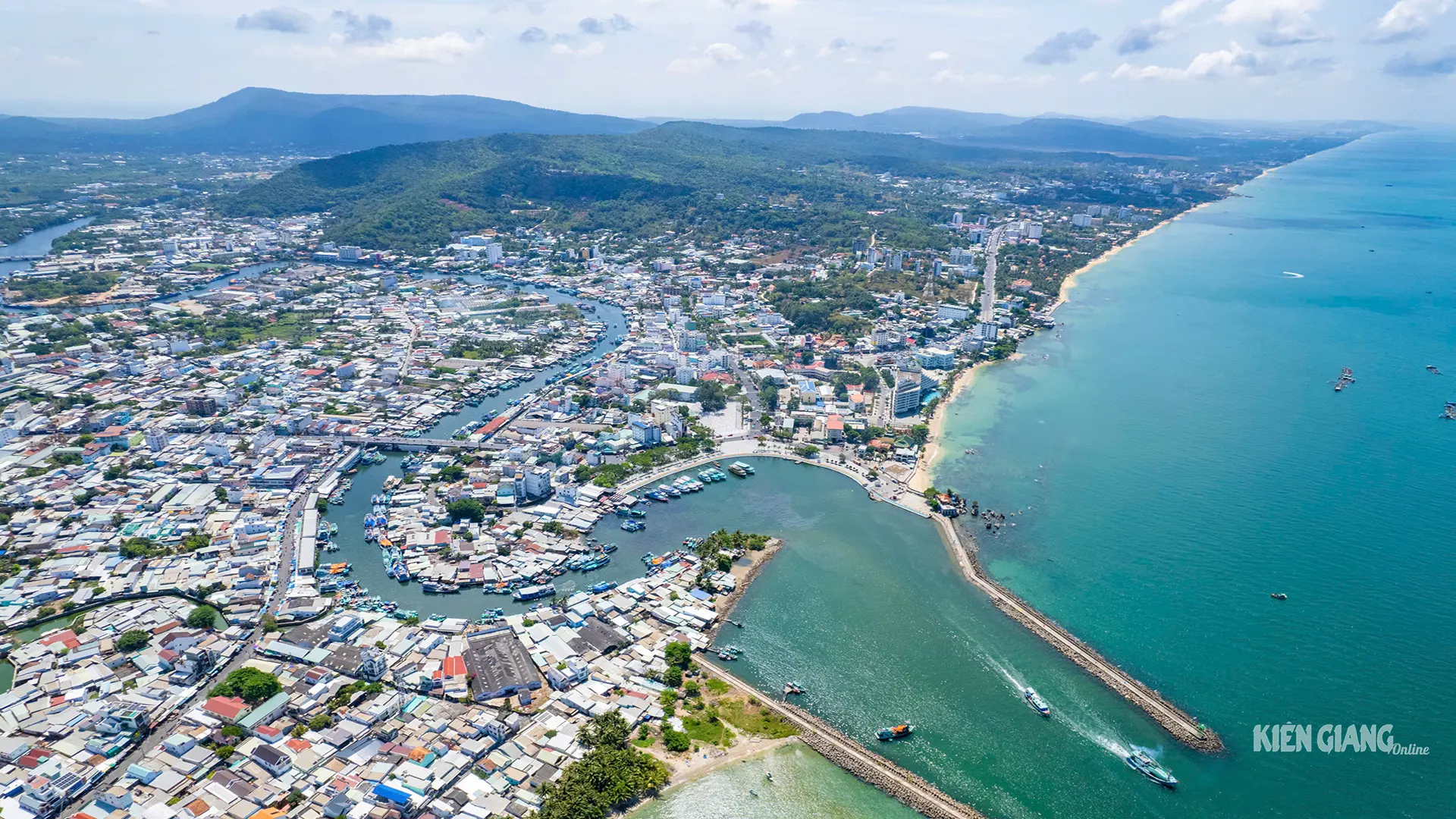
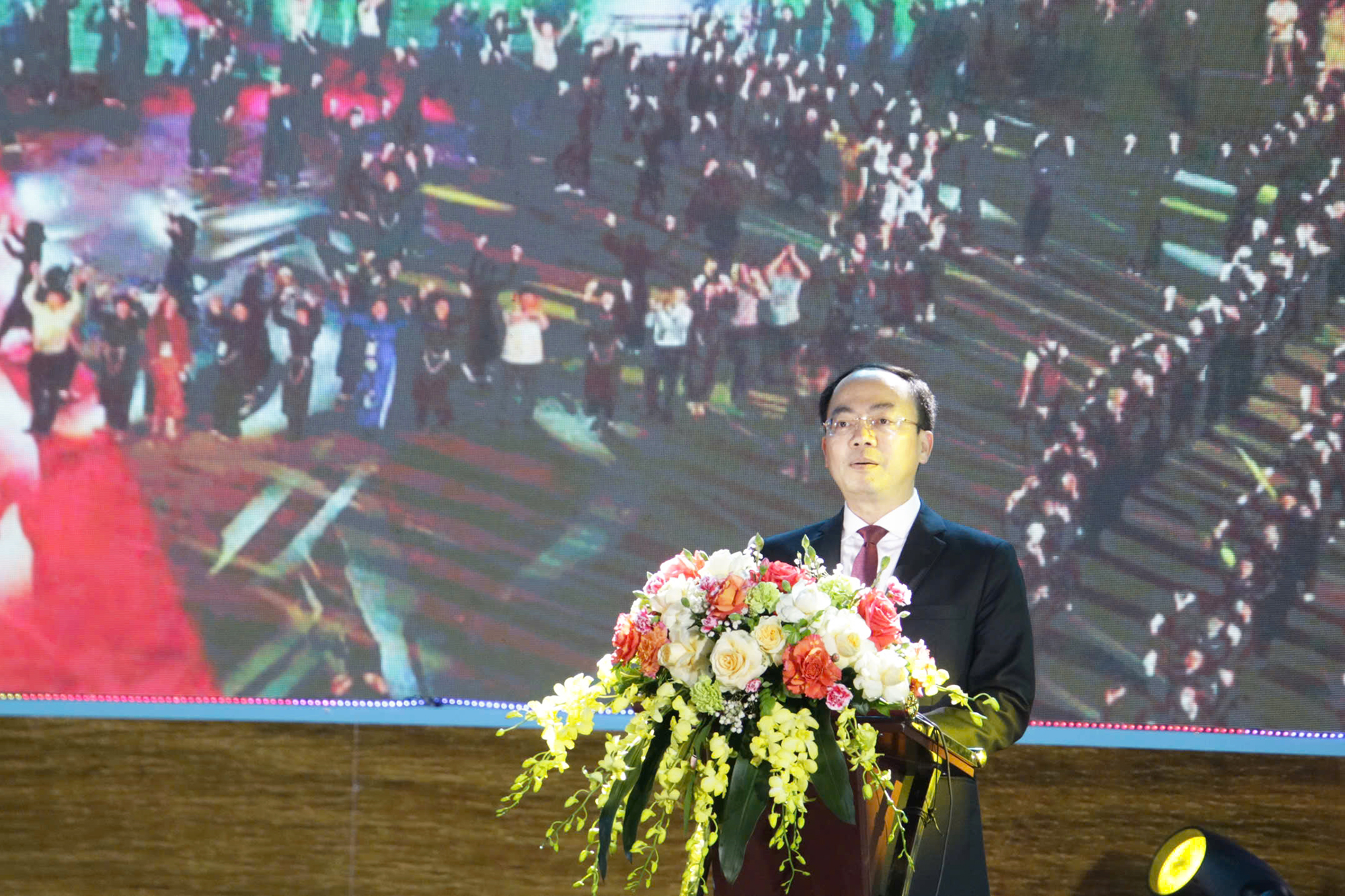
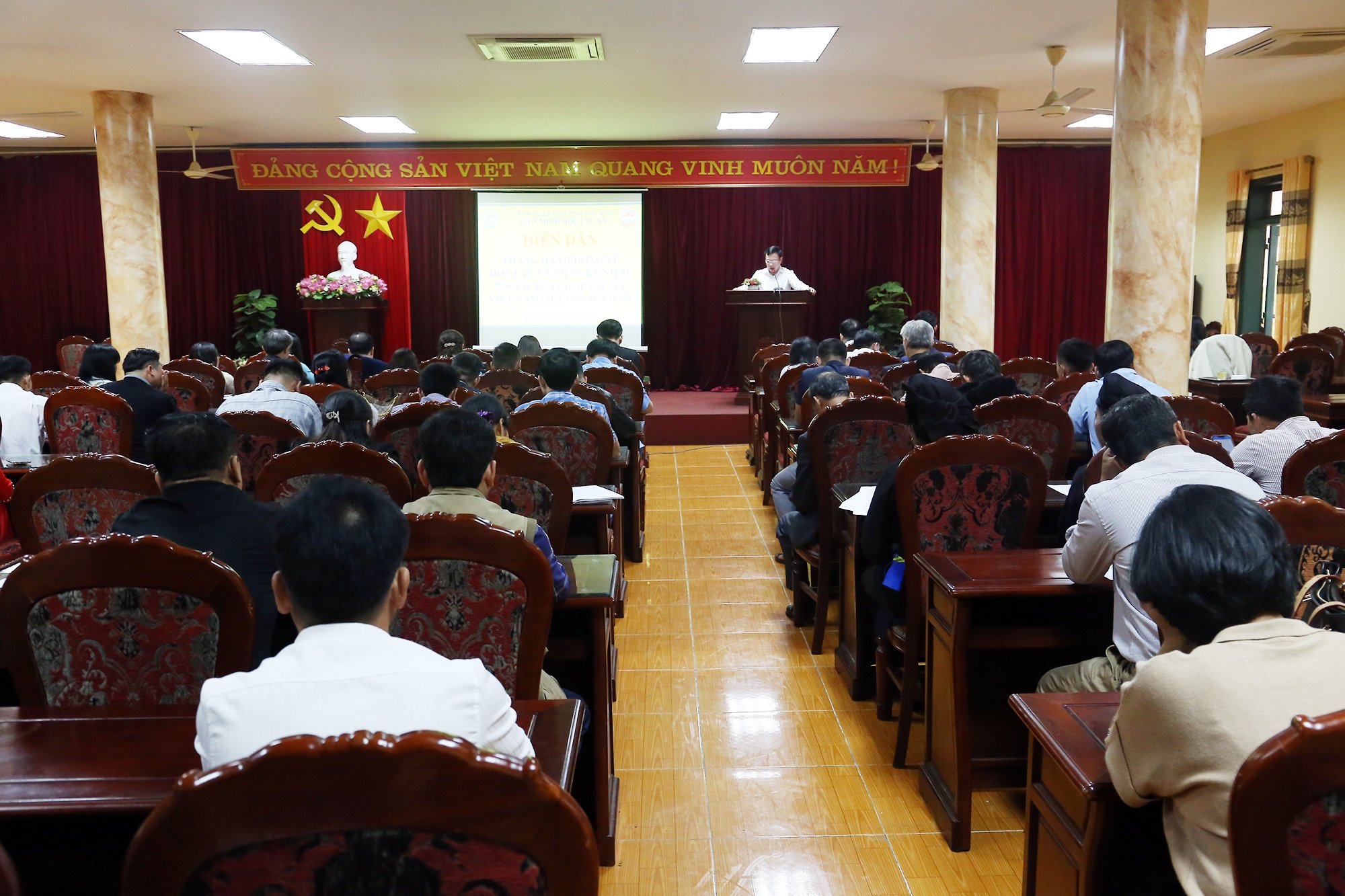
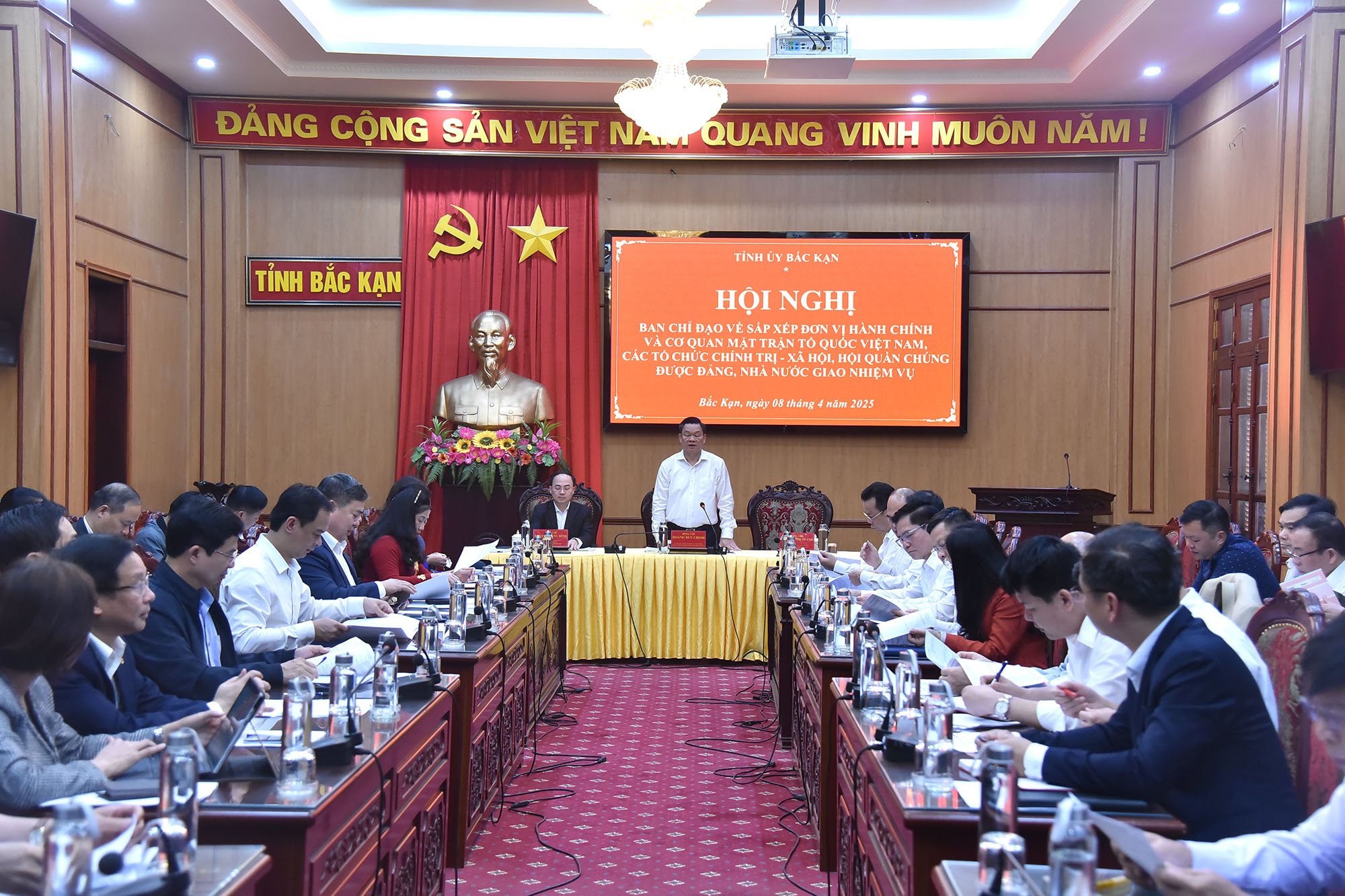





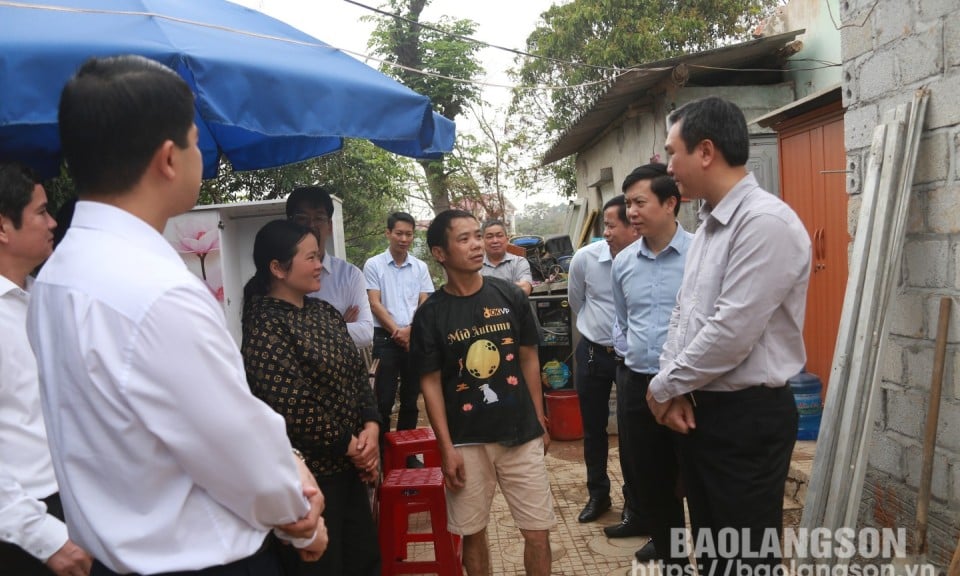

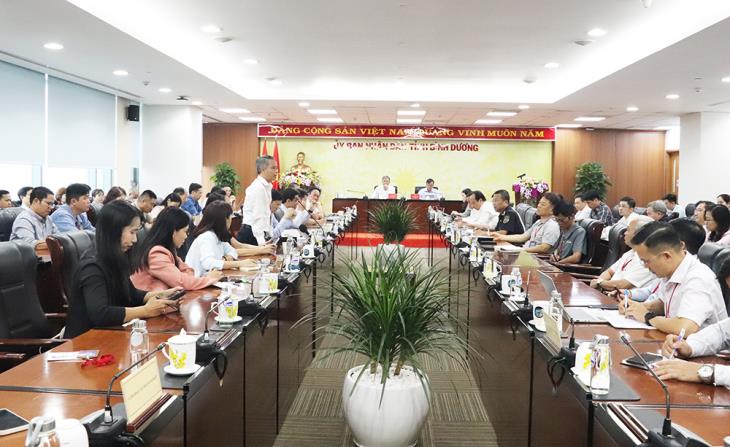
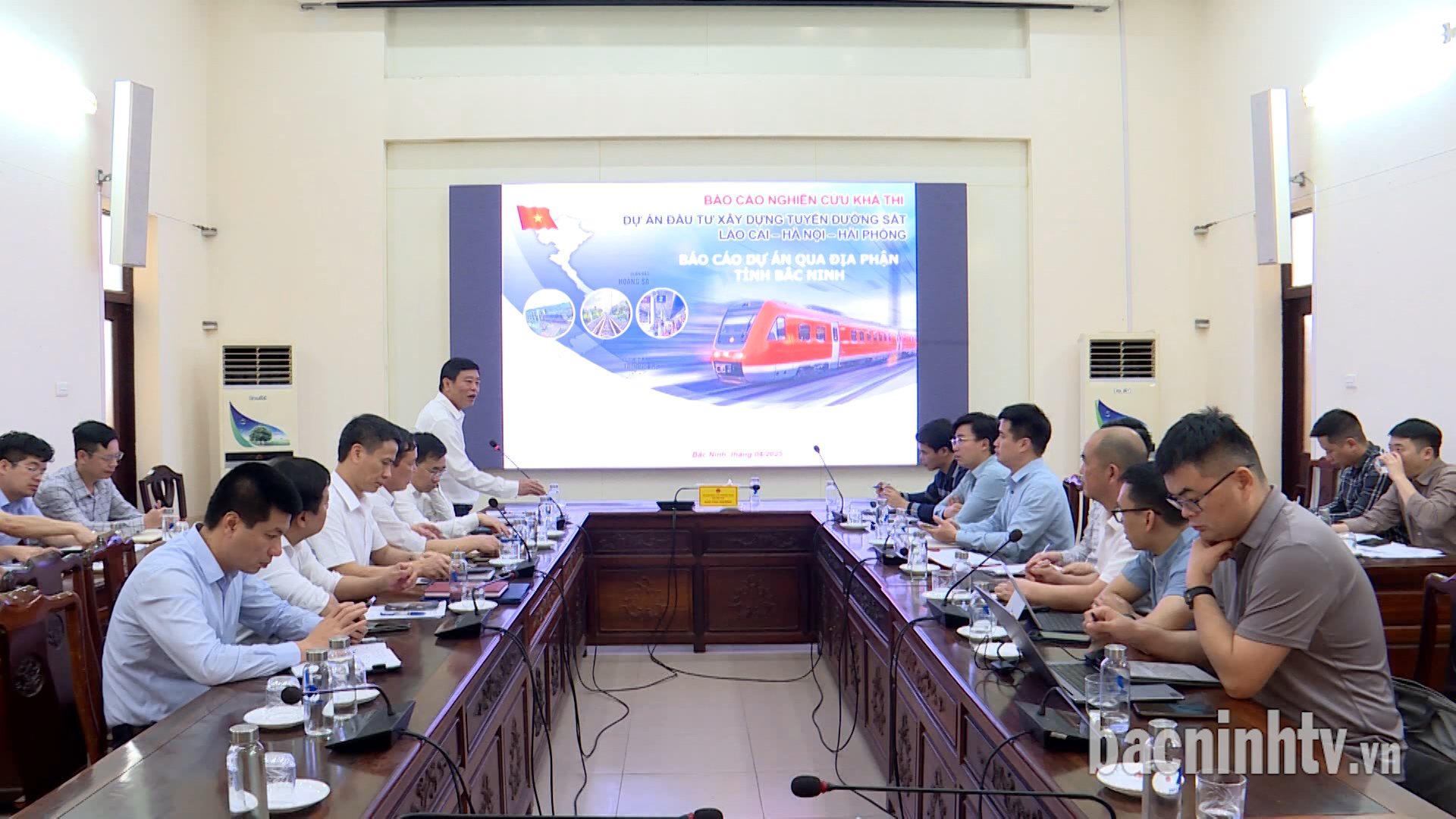
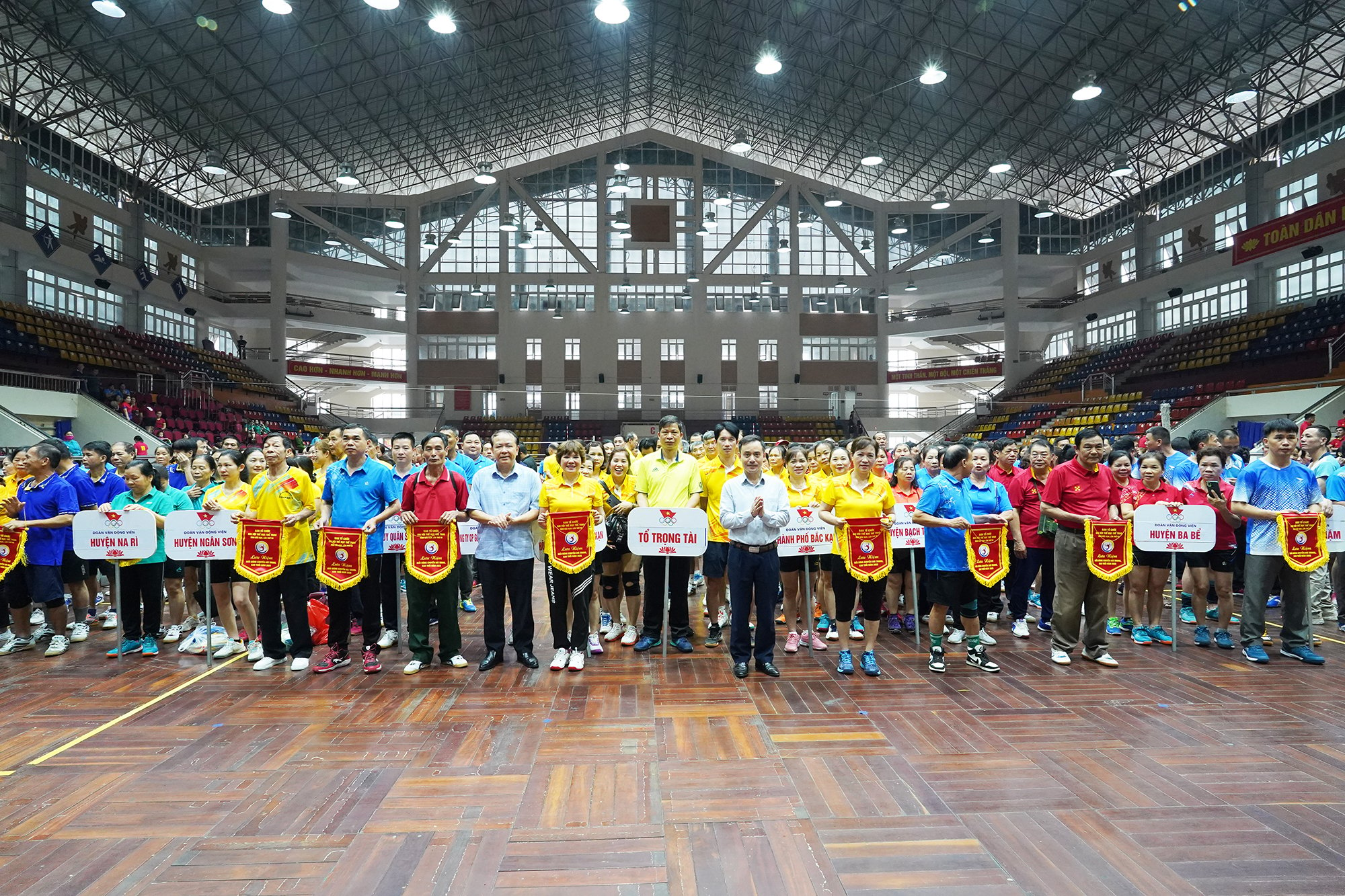



























































Comment (0)